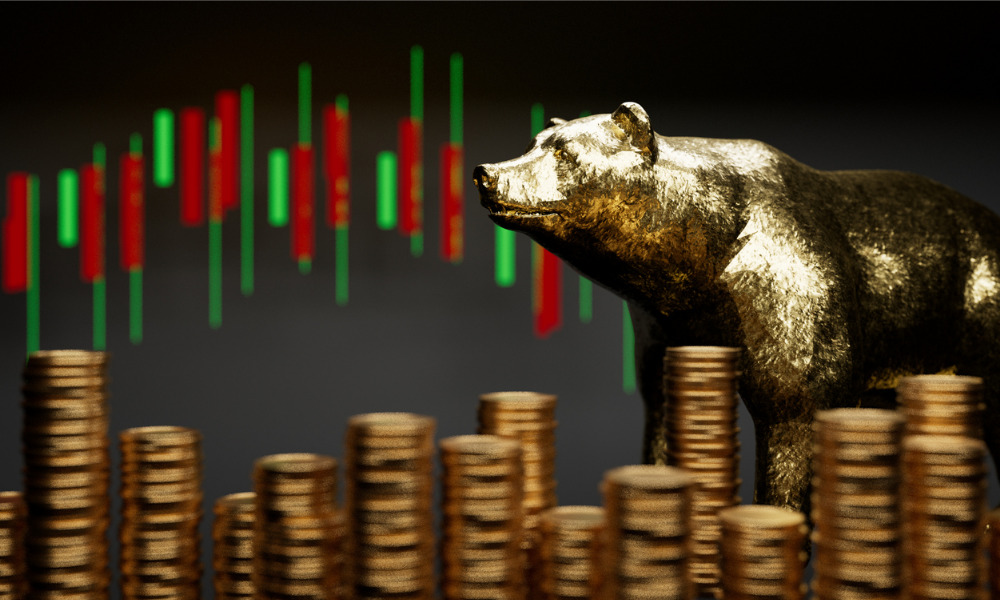Slower economic growth could cause inflation to trend lower, boosting fixed income in 2023

Next year is set to begin similarly to how 2022 is concluding as developed market central banks like the U.S. Federal Reserve continue to tighten monetary policy, albeit at a slower rate. While markets have been eager to price in some easing around the end of 2023 with the Fed expected to stop its tightening, more attention should be paid to the fallout of the central bank’s rate hikes, according to one fixed-income expert.
In a recent article for AGF Investments, Tristan Sones, vice-president, portfolio manager and co-head of Fixed Income wrote that he expects slower economic growth and likely a recession – not ideal, but it should allow for a downward trend in the high inflation rate and benefit fixed income in 2023.
“If China fully reopens, it could provide a partial offset to this slower-growth scenario,” he said, though he said prospects do not seem promising given the current COVID situation in the country and its government’s taking a hard line on its zero-COVID policy.
A soft-landing scenario, which appears overly optimistic given the pace, scope, and severity of the current global tightening, is nonetheless being overemphasized by some market segments.
As 2023 approaches, Sones said the recent relief rally will be overtaken by the reality of a slowing economy, and the current inflationary environment will set a high bar for central bank easing. He added that if the Fed were to ease policy in the future, it would be in reaction to weak economic growth, which isn't currently bearing out in many areas of the market.
“Given this outlook, we are comfortable tactically adding high-quality duration, but are still being somewhat cautious on higher-yielding credit and Emerging Markets,” Sones said.
Given the economic outlook, credit spreads remain narrow, but they may hold in better this time than in previous downturns. All-in yields, he added, are at historically high levels due to rising yields in U.S. Treasuries, bolstering the case for an attractive carry to bolster total return prospects in 2023. From a price perspective, he also sees more compelling valuations, providing a stronger risk-reward ratio than in previous years.
While acknowledging that opportunities in the fixed-income space must be weighed against a slower global growth scenario, he said that the 40% in a typical 60-40 balanced portfolio is once again showing the potential for more yield as U.S. Treasury yields rise.
Coming out of the pandemic, he said many countries faced fiscal health risks as higher debt levels collided with the prospect of slower economic growth. Those risks have started to manifest in 2022, with the United Kingdom providing a stark warning that even developed markets can fall to those vulnerabilities, and markets will no longer have patience for “material fiscal slippage.”
“On the other hand, we also highlighted previously that there was a huge opportunity to attract capital for those countries willing to enact reforms and seriously address their fiscal shortfalls,” Sones said, emphasizing the role of multilateral lenders to help bring debt levels down to more sustainable footing. “Unfortunately, with bond yields much higher and growth prospects much lower, the task of achieving that goal has just been made all that much harder.”



